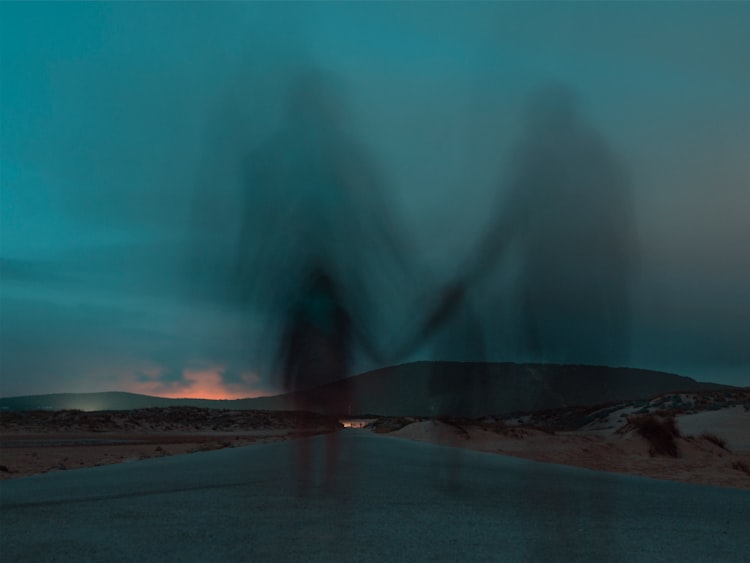Personal Canons: Wayside School
I grew up in a golden age of slime. Sometime in the hazy years of my early childhood, some brilliant person in television programming realized that children are disgusting little monsters who love to be grossed out, and decided to capitalize on that knowledge. The result was several halcyon years of goop, boogers, ooze, vibrant green muck, and fonts stylized to look like they were dripping off the page.
This was a brilliant maneuver. The pivot to gross gave children an opportunity for safe, consumer-and-brand-oriented rebellion against parents who wanted them to keep their various surfaces and orifices free of mucous and filth. Positioning children’s literature and media in opposition to obedient cleanliness emphasized how much television is the opposite of chores — it’s fun, it’s gross, and it serves no interest beyond the viewer’s pleasure.
In many ways, this veer into transgression was a perfect partner to a bloom in horror writing for children. Kids have a strong disgust reaction, and this era of kid’s media granted them permission to safely explore the relationship between revulsion and fascination. That permission opened a lot of doors for a lot of people to play with further transgression — to explore the appeal of the weird, the frightening, the violent, the dangerous. The horrifying.
The first book in the Louis Sachar’s Wayside School series, Sideways Stories from Wayside School, came out in on January 1, 1978 — just one month after the initial screentest of an experimental cable television channel for children called Nickelodeon. Then owned by local Columbus, Ohio broadcasting network QUBE, Nickelodeon was the first-ever cable television channel just for children. It would later become a pillar of the gross-out movement in children’s media.
But long before Nickelodeon made that iconic pivot to slime, Sachar introduced the world of Wayside School. As of this year there are four of these short story cycle books, written about a 30-story-tall school with a classroom on each floor.
Each of the Wayside School books contain elements of speculative horror. They’re disorienting and absurd in way that immediately knock the reader off-balance: this is school, a place of order, but the adults and infrastructure are deeply unpredictable. Rules are important, but they’re also unclear, constantly shifting, and unevenly enforced. In this, Sachar manages to distill the inherent nightmare of childhood: the rules must be followed, but following them seems impossible.
In addition to tapping into the deep, gut-level instability of growing up, Sachar wrote some truly choice moments of horror into these books. It’s horror for children, in that it’s a little gross and a little ridiculous, but that doesn’t make it ineffective. Consider Mr. Gorf, the teacher who can steal children’s voices using his third nostril; or Ms. Nogard, who has a third ear on top of her head that she uses to read thoughts; or Sammy, a new student who turns out to be a dead rat bundled up in a series of raincoats. Perhaps the most potent moment of horror from an adult perspective is the introduction of Mrs. Drazil, a teacher who tracks down an adult former-student to force her to complete her missed homework. Mrs. Drazil pursues this woman with Terminator-like doggedness and precision.
These are all presented as genuinely frightening, and they land beautifully. When I read these books as a child, I was aware that they were funny and unrealistic — but I also felt a lingering sense of unease. The school was not a safe place, and the teachers were not safe or trustworthy people. The rules rarely made sense, but the consequences to breaking them were very real. Everything constantly seemed to be teetering on the brink of collapse.
These are the books that taught me to love being unsettled. These are the books that taught me that it can be safe for a book to make me feel bad. I read Sideways Stories from Wayside School, Wayside School is Falling Down, and Wayside School Gets A Little Stranger long before I’d ever heard of Goosebumps or Fear Street, or even the vital Scary Stories to Tell in the Dark. Sachar’s stories introduced me to the idea that books could be strange and scary. The first time I picked up a copy of Scary Stories to Tell in the Dark, I thought of the reveal of Ms. Nogard’s third ear; when I read my first Goosebumps, I remembered the horror of a teacher who steals voices, and I wondered if R.L. Stine would scare me the same way.
Of course, nothing scared me the same way Louis Sachar did. Horror is a rich and varied landscape, and there are so many different kinds of fear to explore. Stine taught me about the thrill of the cliffhanger, and, later, about the rich emotional unease of adolescence. I’ve written before about how my first encounter with Clive Barker taught me all about the kind of terror that lingers. Sachar, Stine, Coville, Schwartz and Gammell, Barker, Pike and so many others gave children access to a vast array of unpleasantnesses, and said isn’t this great?
And countless children said yes.
I don’t think I would have learned to love that infinite variety of discomforts if not for Louis Sachar and the Wayside School books. I don’t think I would have been able to appreciate the rest of the works that would go on to unsettle and fascinate me. But thanks to Sachar, I can appreciate the grotesque.
Thanks to him, I can appreciate the gift of fear.
Do everything you can. Go to protests and stand up for change. Sign petitions, as many as you can. Text, call, and email demanding justice — there are templates at that link. Donate money, and if you don’t have money, click here to donate just by watching a video playlist, or click here to donate by playing a game. Subscribe to Fiyah, a brilliant speculative fiction magazine that features stories by and about Black people of the African diaspora. Register to vote (double-check to be sure you haven’t been purged from any voter rolls).
Care for yourself and the people around you. Believe that the world can be better than it is now. Never give up.
Personal Canons is a series exploring the works of genre fiction that have shaped us as readers, writers, and people. This series features contributions by established authors, new and aspiring authors, readers, and fans.






Member discussion